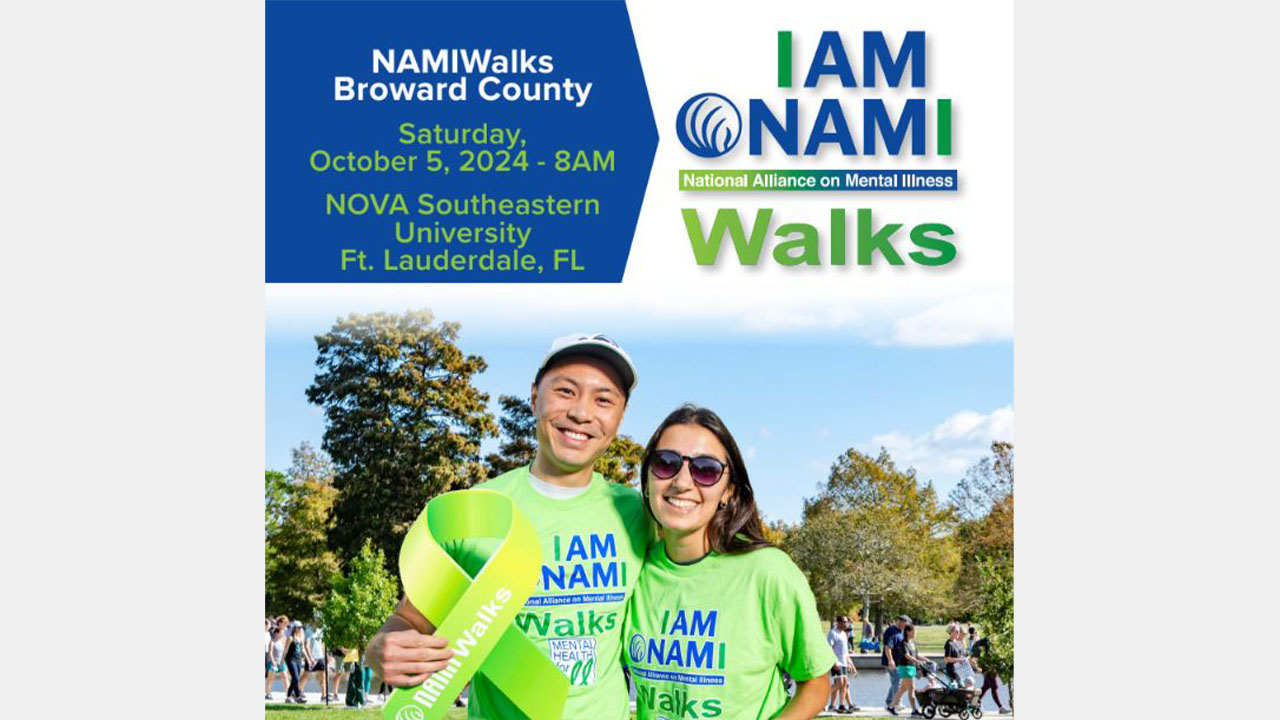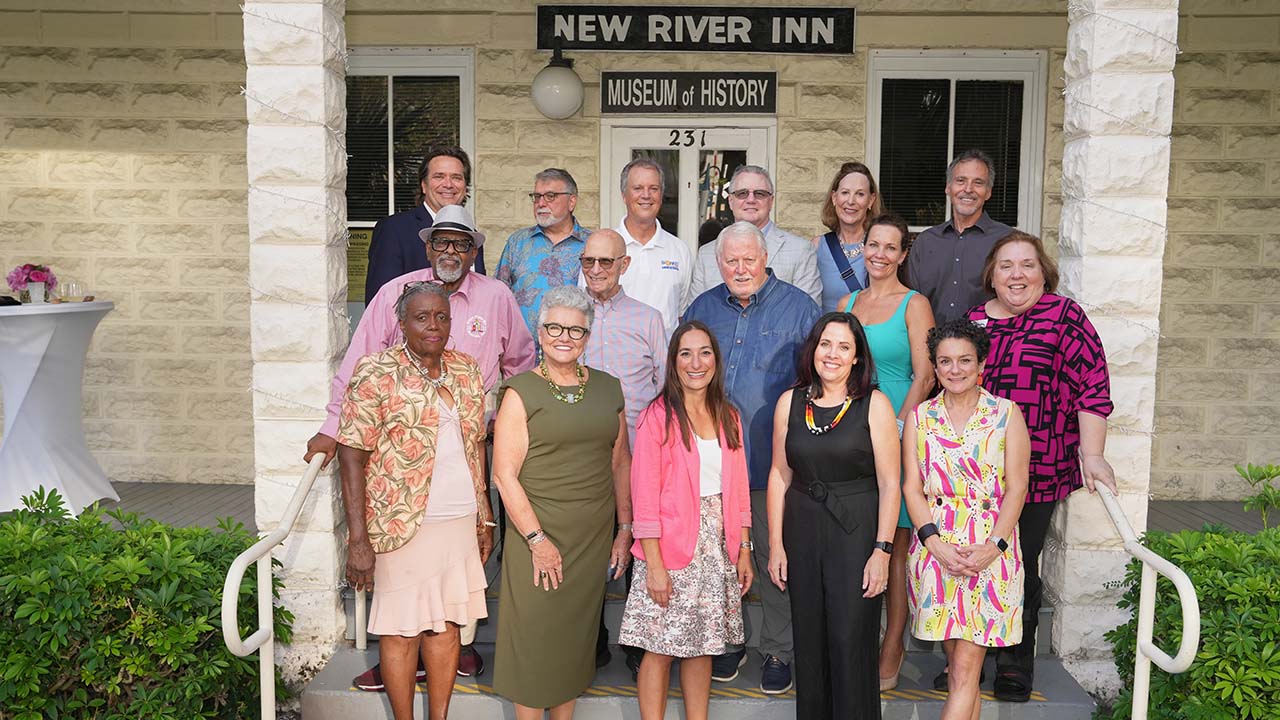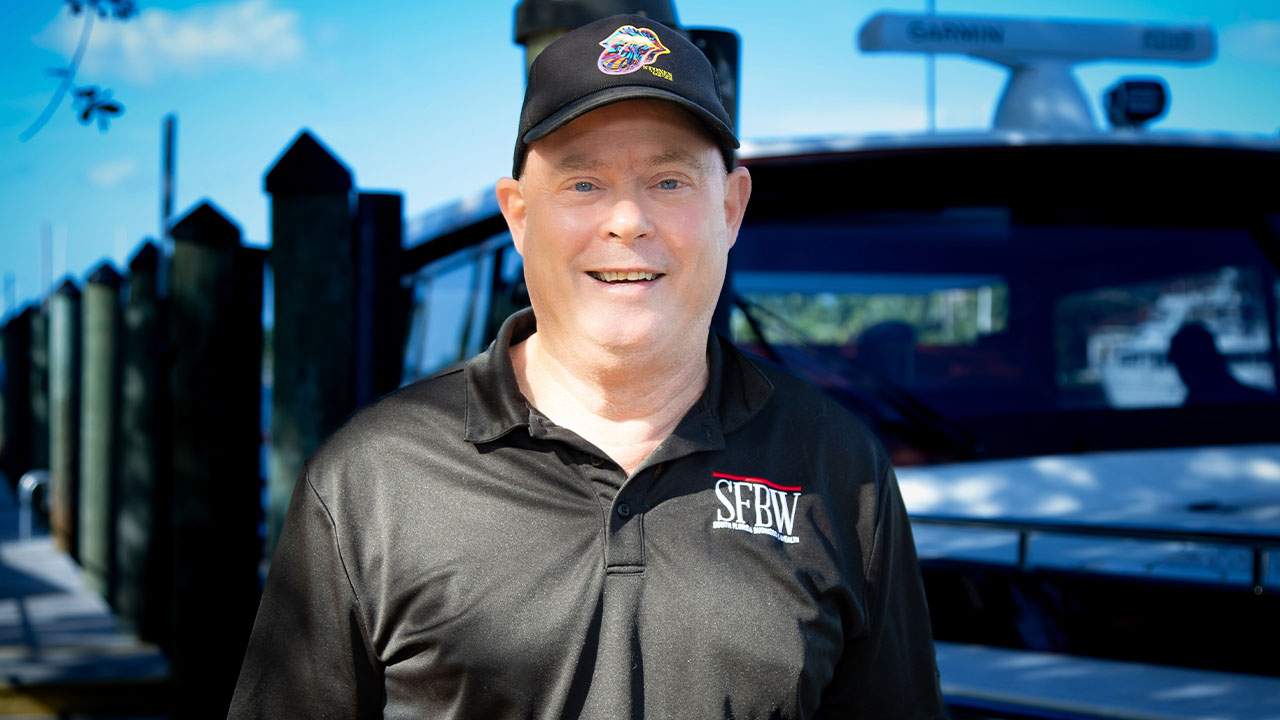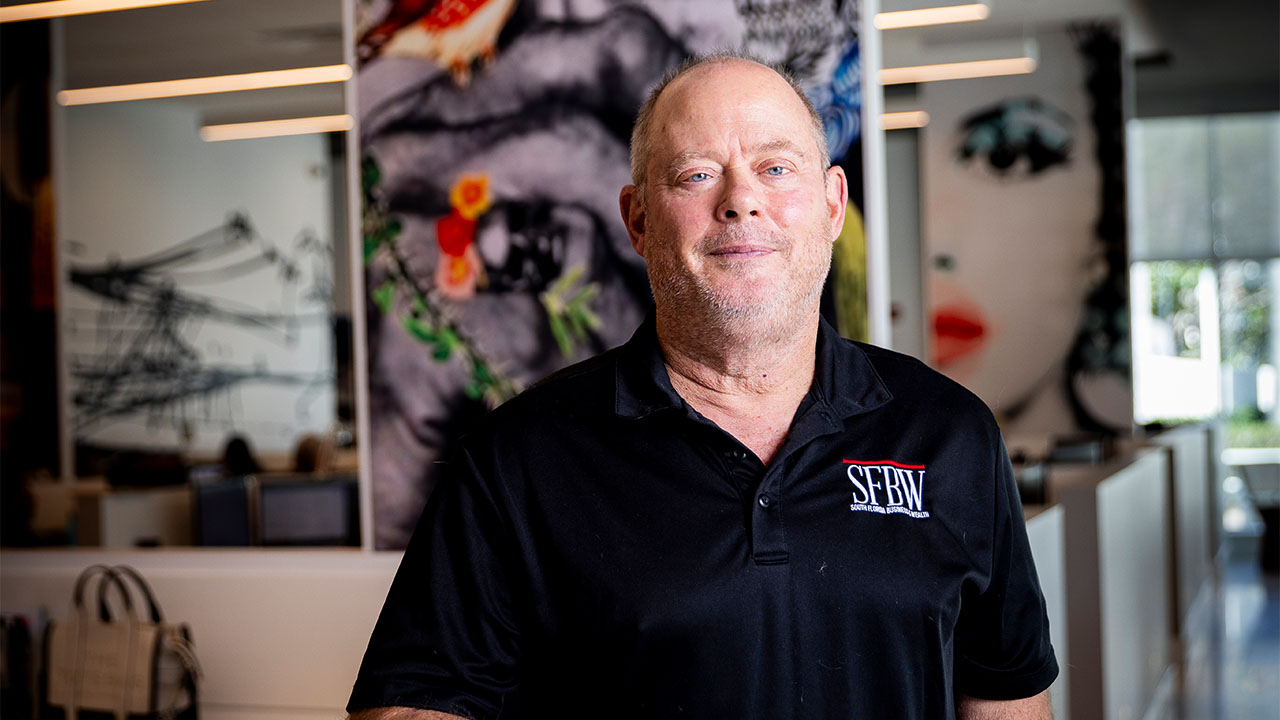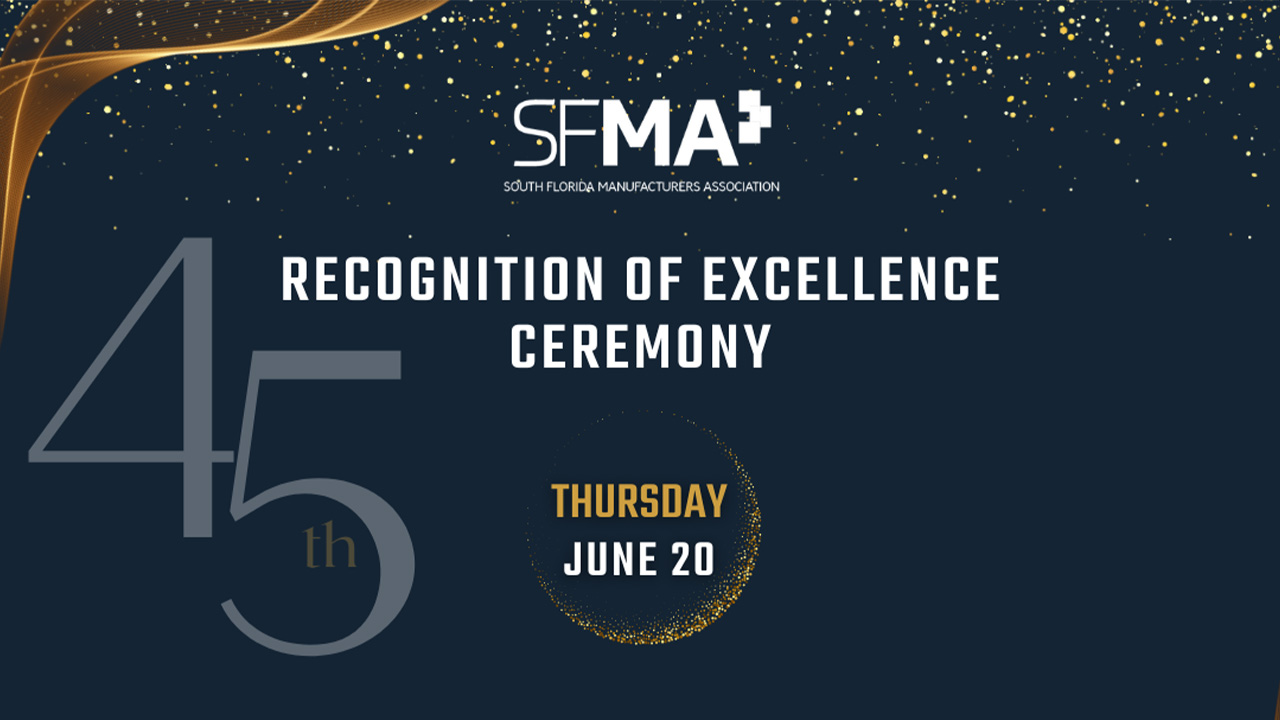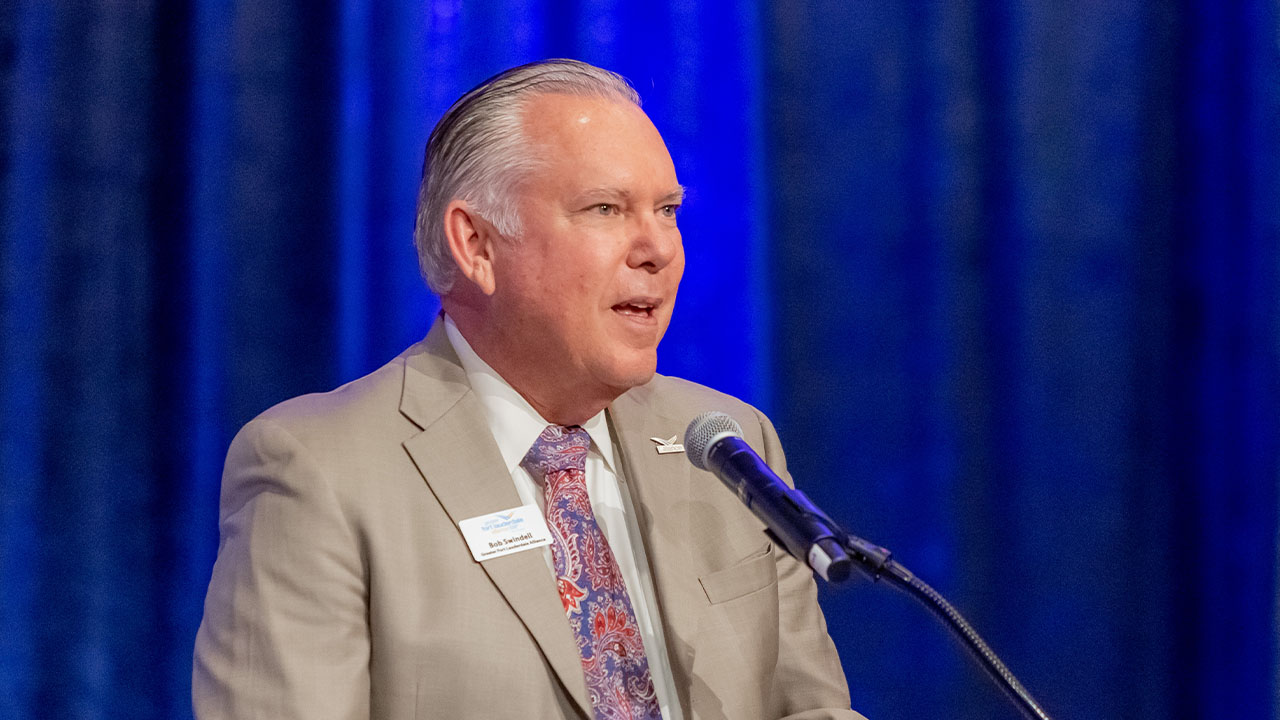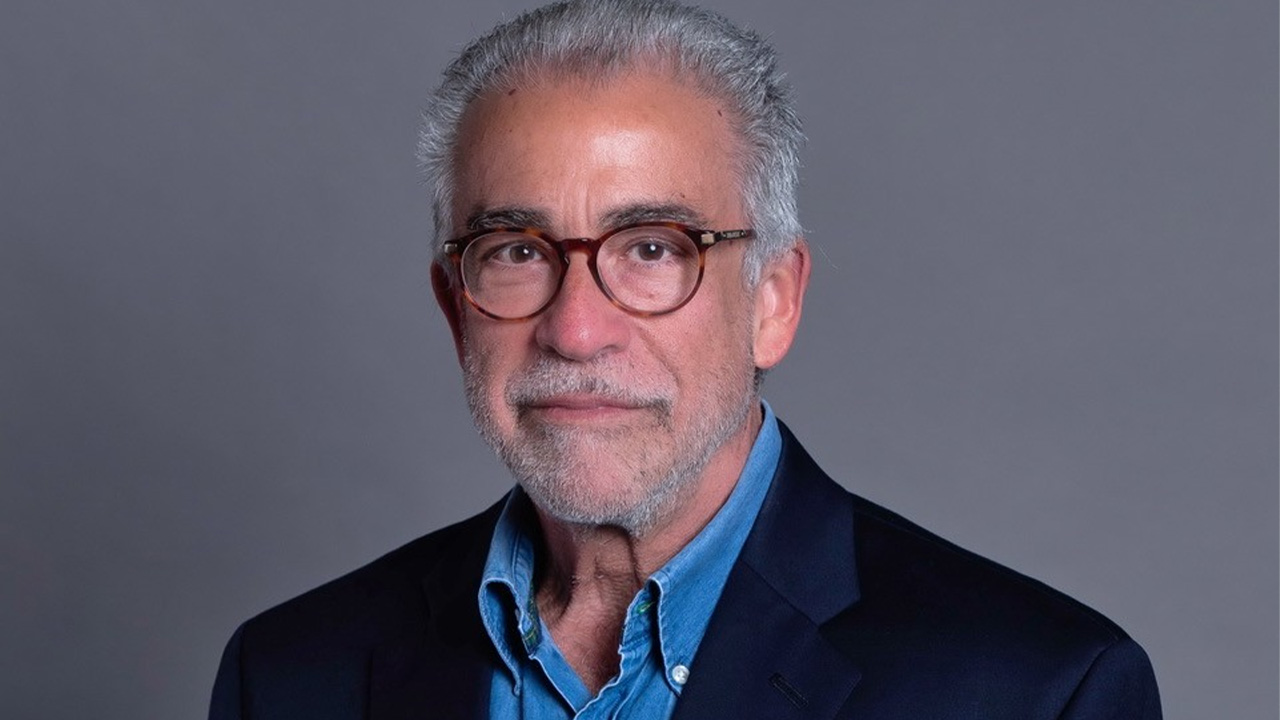As part of SFBW’s Virtual Connect series, Editor-in-Chief Drew Limsky hosted a roundtable talk about the challenges a society faces when access to digital tools is startlingly uneven. Mildred Coyne, Broward College’s senior vice president of workforce education and innovation, moderated a discussion between Mario Bailey, a senior government-affairs adviser; Leigh-Ann Buchanan, an attorney, writer and speaker on strategies to bridge gaps; and Reggie Isaac, national lead for Microsoft’s Accelerate program.
CUSP OF THE NEW ECONOMY
Coyne: It’s incumbent upon us as a community to make sure that everyone can participate in that great economy that’s coming, and those great new jobs that we hope will be coming to South Florida. Discussions on equity and how we bring lasting and impactful change have become increasingly necessary. What companies can do to effect change. Not just a moment but a movement. Bridging the digital divide. What does that mean? Imagine if you didn’t have reliable access to the internet to participate in this webinar. What if you couldn’t get your hands on a computer to apply for a new job. For a lot of Americans this is a reality. More than three decades have passed since the World Wide Web debuted. In that time, internet use, broadband adoption and smartphone use have grown for all Americans, including those who are less well-off financially. But even as many aspects of the digital divide have narrowed, the digital lives of lower and higher income Americans remain markedly different. Frankly, you can no longer compete in today’s economy without access to technology. The evidence is apparent in low-income areas where living on the wrong side of the digital divide severely impacts the ability to find jobs, develop new skills, and even access healthcare, or gain upward mobility.
Buchanan: Traditionally the definition of a digital divide is the gap between those who have ready access to computers and the internet, but I think it’s about more than access, and it’s time we start reframing how we think about it. The availability of a resource does not always equate to the opportunity to leverage its full potential, the knowledge and skill set to be able to use that resource, and so when we think about the digital divide, I think it’s more than a supply-demand issue, but rather the quality of the experience and how can people maximize their potential with these digital assets, both the internet and devices and tools.
Isaac: Based on some of the research we’ve been doing on the Accelerate project and really focusing on digital skills, I would add that it also begins to expose the fact that a lot of underserved and under-represented communities are in jobs that provide low technical skills. What we’re finding is that they need to be up-skilled or reskilled in order to really get into jobs that can really help them earn a living wage and feel good about their ability to take care of themselves. This digital divide is exposing the fact that there are a number of jobs out there that don’t allow individuals to get the skills they need to be competitive in the job market of today and we really have to address that if we want to allow them to participate in today’s economy.
Coyne: Couldn’t agree more. We see it a lot in education. People being able to access training and education if they don’t have the skills to use all the educational tools that are available, they’re being left behind.
Bailey: There is access, there is technical acumen, but you have to add affordability. Currently, 60 percent of Floridians have access to what we call low-cost broadband internet service. We are slightly above the national average. But the South Florida Regional Planning Council recently convened a regional workshop for DEO, and one of the largest barriers that was talked about in that conversation was affordability.
Coyne: How has the pandemic played into the digital divide?
Buchanan: What I think was interesting about the pandemic was that it provided an interesting moment of reflection and reality. We saw that the availability of smartphone-based internet does not translate into what we need to allow children to be able to do remote learning. We also saw that some of our communities in South Florida, for example, Miami has consistently ranked as one of the second-worst internet-connected cities in the United States since 2015. Similar rankings in Broward and Palm Beach counties. We also saw that 33 percent of lower-income households with school-age children do not have access to broadband internet. And on the other side, where it relates to school experiences, the majority of Florida public high schools don’t teach computer science. So we began to see that it was a much larger problem than we realized. Before we only saw the tip of the iceberg. The 2020 pandemic let us see below the surface that this is a systemic issue that requires us to think more holistically around the multiple nodes where we have to intervene.
Isaac: Microsoft has done a lot of research around job seekers and businesses. When you look at a lot of the underserved communities, many of those jobs were service jobs, and they were some of the first jobs eliminated by the shutdowns related to COVID, the lack of tourism, etc. When we have economic downturns, a lot of these communities are the most impacted by this. We need to address that in a number of ways. One way is to begin to skill individuals so they can get into jobs you can work from home and continue to earn income. This pandemic has caused us to look closely at that. From a business perspective, so much of what has been done in the past has been in person. We’ve all had to rethink what it means to maintain continuity in our business when we can’t get everybody in the same building or together in a room to do work, and that’s something that needs to be thought about when we look at the future of work.
Bailey: The pandemic highlighted it. The state of Florida mandated that you go online to this program to apply for unemployment benefits. A majority of residents could not apply, so they had to create this document that people could go to their libraries to pick up. The second is health care for the COVID vaccine or testing—a lot of times you have to go online. A lot of seniors could not get the vaccine because they didn’t have access to the internet. During the pandemic, students got laptops, but a lot of the parents didn’t have the technical acumen to get connected to the programs.
Limsky: Before this Zoom meeting, I was on the phone with Jared Moskowitz, who has been running the state’s Department of Emergency Management. We talked about this digital divide. He said there could be somebody with six or seven different devices as opposed to somebody who doesn’t have one, or who scrambles to get one. Before we even get into employment or education, in terms of keeping yourself alive, the digital divide has been drawn in high relief.
Bailey: If I could add to that, Director Moskowitz did an amazing job. He began partnering with churches to get the vaccines out and I was very thankful to have him in that position when we went through this pandemic.
MINING TECH TALENT
Coyne: The pandemic certainly has highlighted the digital divide. Can you address what it looks like in the workforce.
Isaac: When you look at what’s happened with businesses, it’s kind of been there even before COVID, that’s why I’m hesitating a little bit, but there was already a skills gap. Employers were already struggling to find individuals who had the talent that they deemed necessary to fill jobs that were available. COVID has impacted that even more, so the skills gap is growing. Couple that with the reality that by next year, it’s projected there will be 6.2 million cloud-based job opportunities in the market. Couple that with the fact that there’s only about 3 percent of college undergraduate degrees that are focused on computer science. You see that it’s going to be difficult to fill that gap. What I see is it has exacerbated an existing problem because we have a wider skills gap, and whether it’s employers or individuals who are looking to get into the labor market, we have to shift our thinking around what it means for somebody to be qualified for a job, how do we look at hiring for qualified individuals. We have to focus on not only academia, which is certainly a valid way to qualify individuals, but also take a look at skills and certifications to make sure that we can get people into jobs that are in demand in this market so that we can remain competitive, and companies can continue to deliver their goods and services in an effective manner.
Buchanan: I agree with Reggie. When you look at some of the data, and I know some of the 2020 trends reports are beginning to hit our desks—I know Hired just released one on software engineers yesterday—but in general when we look at EEOC data, less than 8 percent of tech employees are Black or Latino. So it shows us a couple of things. One, we need to look at how we really invest in the pipeline, which doesn’t start at university, it actually starts at high school. I told you that 33 percent of high schools in Florida don’t actually have computer science courses. I know Miami tech is having a movement, and so there’s been a lot of energy, a lot of money, a lot of companies. I literally hear from two to three people multiple times a day that they’re moving to Miami or the South Florida area. That means that we need to have the tech talent, so we can manage expectations of the newcomers and the companies that have been here that are consistently going outside of our markets to source talent.
Coyne: What keeps me up at night is, when I think about those great jobs that are here now and are going to continue to expand and grow, we have so many adults in our community that never had access. I agree with you on the high school programming. There’s a lot of work that we can do there, focusing on computer science. All careers of study need to have embedded digital competencies. But for adults whose occupations are changing, they’re getting marginalized and pushed to the sidelines. I feel strongly about building an on-ramp for those competencies.
Isaac: We have to ensure that we understand what’s happening in the job market today. What are the in-demand jobs? With the Microsoft Accelerate program, we start by looking at who are the current employers in the market, and what types of jobs they have available. We then back into what skills are associated with those. Then we can start upskilling cohorts that allow us to be intentional about training individuals toward those jobs. Our next step is to get them placed into those jobs. That’s an important step. The path to that can be expensive for some. So with our program we also ensure that there is the ability to either partially or fully subsidize the seats in those classrooms. The way we look at it, if somebody really wants to take this step, we’re going to help them do it. Through partnerships like we’re discussing with Broward College and other learning institutions in the South Florida area, we really want to ensure that there’s access to skilling and certifications that attach to the jobs that are in demand in South Florida, and that really creates a sustainable approach to what we want to do around skilling for job seekers.
PROMOTING PARTNERSHIPS
Buchanan: I think the opportune word is “partnership.” We cannot do this alone. I’m thinking about the SoftBank partnership with Correlation One with this “Data Science for All” initiative here in Miami where they opened up SoftBank’s [artificial intelligence] academy to provide data and analytics training for individuals who are not in school, who are in jobs where they want to use an upskilling opportunity—much like that amazing initiative from Microsoft that Reggie mentioned. The key to these partnerships is beginning to not just provide people with the skill set, but making sure that there’s a full trajectory in the partnership, that you land an opportunity to test your skills. Because what we know about tech skills, and computational skills, is that there is often a disconnect between theory and practice. I’m a lawyer; I learned about the law in law school, but I didn’t learn how to be a lawyer until I started to practice, and it’s the same for those tech skills. You really need to develop that skillset in an experiential learning environment.
Coyne: I agree, and I think we need to look at an entire ecosystem across the South Florida landscape. When there are resources like SoftBank and investing in Miami, we need to extend those resources to Broward, to Palm Beach, to make sure that as a community, as a region, we’re all able to access the resources necessary to move our community forward. Mario, I wanted to bring you in when we think about the connectivity piece. What are the gaps in connectivity in Florida, and how can we extend the connectivity we need for all of this to be successful?
Bailey: Florida is actually doing pretty well. Florida is ranked No. 5 as it relates to access to broadband. Ninety-two percent of the state is covered. As it relates to Miami-Dade, it’s 98 percent, 99 percent in Broward, 99 percent in Palm Beach County. Our rural population is mostly where we have the gap. Roughly 804,000 Floridians do not have access to broadband. That’s 20 percent of the rural population. In five counties, less than 50 percent of people have coverage, so a lot of the gaps are in rural areas in the state of Florida.
Coyne: And that’s across the country as well, and it’s a difficult challenge especially when you consider the new world of remote work. There’s so much opportunity for employers to connect to talent all over the country. If we don’t have connectivity to all of that talent, again there are people left in the margins. We have to be conscious of that. Mario, do you see any connection with the work that you’re doing and how state and local governments can play a part in that?
Bailey: Partnership is key, when private companies work with government and the key stakeholder, especially like education. Prime example: The FCC recently allocated roughly $16 billion for a rural opportunity fund. The different private companies were able to bid, to add broadband to underserved Census tracts. Back in 2011, Comcast came out with this Internet Essential program, roughly $9.99 for basic broadband. We had to fight to push it out because it seemed as if we were marketing for a private company, but we knew how important this was for our community. I’m seeing a lot of stuff coming down the pike, especially from the federal government. There’s been a lot of funding through the American Recovery Act.
Coyne: I always go back to the workforce because I believe passionately in the dignity of work. It is a feeling of value and connection to your community and to yourself. How do we connect people to those competencies to make sure they can engage in this future workforce? How do we think about a skills-based labor market? How can we work with our existing employers, political entities, government agencies?
Bailey: The Department of Economic Opportunity last year was tasked with doing just that. They set up these regional technology teams where they partnered with different universities, industries and community leaders in different regions to look at different needs and look at what’s available. In February, the South Florida Regional Planning Council convened their group and their report is available at DEO. So last year it started, and there’s a long way to go, and you’re only seeing one year of it during the pandemic.
Coyne: Reggie, tell me about issues in the skills-based labor market.
Isaac: We can’t do this as silos; we have to do it as an ecosystem and a coalition. The skills-based labor market is a critical part that has to be understood for employers. In many of the markets where we’ve started working on Microsoft Accelerate, we’ve found that one of the critical barriers is the fact that the recruiting process for many of the companies—large, medium, or small—includes some type of AI or screening that will prevent any type of nontraditional talent from getting in front of a hiring manager. That tells you right there that even if we build the skills and provide the certifications for these individuals, they will still struggle to find jobs. How do we fix that? We have to have discussions with employers about what it means to shift to a skills-based labor market. At a high level, it means that you can’t look at only academics and experience as the qualifiers for talent. You have to also include individuals who have been skilled and certified specifically toward the jobs that you are looking for, and you have to make adjustments to your recruiting process so that now your job descriptions and the process by which you identify talent will allow these individuals to get in front of hiring managers. It’s such a prevalent problem that in my conversations across the country, I’ve talked to individuals who are in significant jobs, C-level jobs, who are literally working around the recruiting process by having people actually send them résumés directly so that they can get to some of this nontraditional talent. If you look at the skills gap out there, one of the reasons it exists is because the individuals who may have the skills but maybe not the credentials are not getting in front of hiring managers. We have to make sure we educate employers along these lines and getting connected to this nontraditional talent. One of the things that we are doing with the Accelerate program is that we announced a tool a couple of weeks ago called the Microsoft Career Connector. And that Career Connector will be an intentional way for the individuals who are getting skilled up in these cohorts to get in front of hiring managers.




